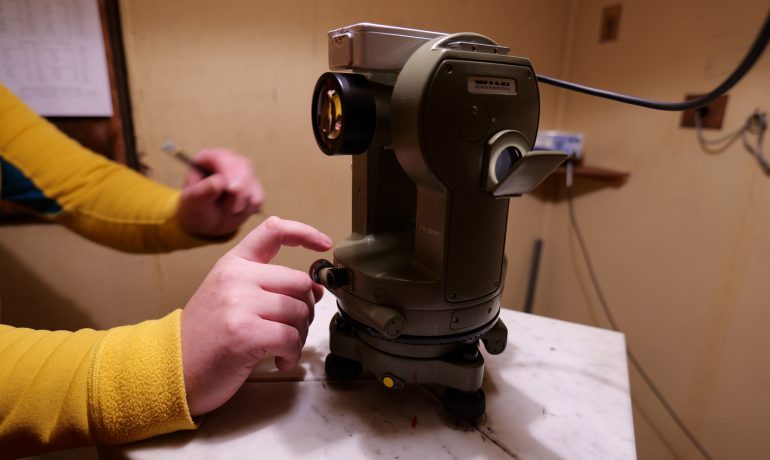Ukrainian scientists have modernized the geomagnetic observatory at Vernadsky station: now it is the only one in Antarctica that can transmit ultra-precise one-second geomagnetic observation data in a new format.
These data are transmitted to INTERMAGNET, which unites 106 best observatories on the planet from 43 countries. The information is then used by both scientists conducting basic research and various organizations for practical purposes: navigation needs, mineral prospecting, etc.
Our Argentine Islands Antarctic Geomagnetic Observatory (AIA) has been a member of INTERMAGNET since 2004. And the observation of changes in the Earth’s magnetic field on it began in 1954 by British scientists at the former Faraday station. After the transfer of the station to Ukraine (1996), we pledged to continue these studies.
So now the AIA observatory has one of the longest series of continuous observations of the Earth’s magnetic field. This is extremely important, because it allows you to track changes in the magnetic field over different periods.
It is important that the data be of high quality, real-time and has high discretion. Therefore, the requirements for observatories are constantly increasing. In this connection, our scientists carried out another modernization of AIA during this year’s seasonal expedition. Geophysicist Yurii Sumaruk has been directly involved in this process.
What has been done:
- A new magnetic variation station has been installed and continuous data transmission from it has been configured. Now two such new stations operate at Vernadsky (the previous one was installed in 2021).
- A new industrial computer has been installed to service the GSM-90 proton magnetometer.
- Data transmission channels have been updated.
- The observatory’s energy supply system has been modernized. Currently, AIA equipment can operate autonomously for more than two days, and before modernization – no more than two hours.
Currently, our observatory works at the highest global level and prepares one-second data in a new format. Today, only 11 observatories of the INTERMAGNET network prepare such data. They are very valuable for the analysis of fast-moving processes and their descriptions, and are widely used for satellite research, space weather forecasting, and geomagnetic storms.
Now our observatory operates at the highest world level and prepares one-second data in a new format. Today, only 11 INTERMAGNET produce such data. They are very valuable for the analysis of fast processes and their descriptions and are widely used for satellite research, space weather and geomagnetic storms forecasts.
In particular, at the beginning of May this year, the AIA recorded the strongest magnetic storm over the last 165 years. But we will talk about this in detail in a separate post.
Photo: Oleksandr Matsibura, Anna Tortgonenko.











